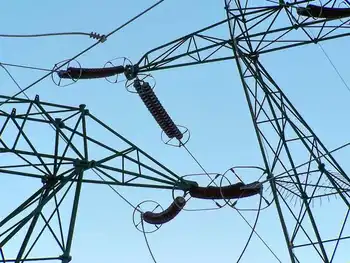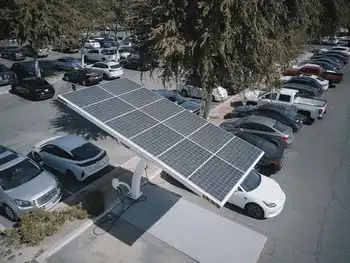VRB Power Systems to help modernize the grid
By Electricity Forum
NFPA 70b Training - Electrical Maintenance
Our customized live online or in‑person group training can be delivered to your staff at your location.

- Live Online
- 12 hours Instructor-led
- Group Training Available
To significantly reduce peak load and measurably improve power reliability at the Santa Rita Jail, the project will integrate solar energy, fuel cell, energy storage and control systems. (Duration: 3 years; Cost: $7 million federal/$7 million non-federal). For more information, please refer to the announcement released by the DOE at http://www.energy.gov/news/6170.htm.
The Renewable and Distributed Systems Integration (RDSI) technologies demonstrated in these projects aim to reduce peak load electricity demand by at least 15 percent at distribution feeders-the power lines delivering electricity to consumers-and are part of the Bush Administration's ongoing efforts to enhance the efficiency and reliability of the nation's energy infrastructure to ensure a reliable supply of energy to all Americans.
"Cutting-edge technologies that enhance the efficiency and dependability of the nation's electricity grid are critical to the Bush Administration's overarching goal of ensuring an affordable and reliable supply of electricity to the American people," Assistant Secretary Kolevar said. "These proposals will help to increase reliability in our electricity grid by defraying both the cost and effort associated with upgrading distribution lines or adding new generation capacity to meet peak electrical load, furthering our ongoing efforts to increase national economic and energy security."
The projects were selected in response to DOE's Office of Electricity Delivery and Energy Reliability (OE) April 2007 Funding Opportunity Announcement seeking applications for research and development activities to improve the security of controls systems for energy delivery and increase the use of distributed generation during peak load periods. Negotiations between selected applicants and OE will begin immediately to determine final project plans and funding levels.











